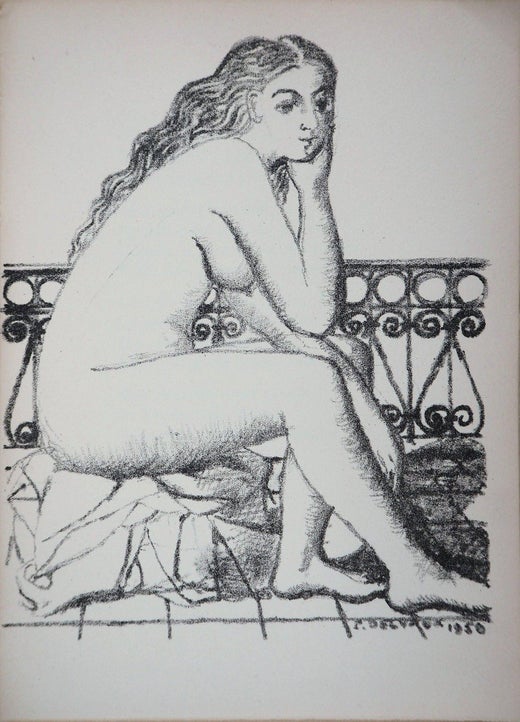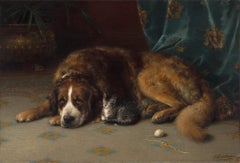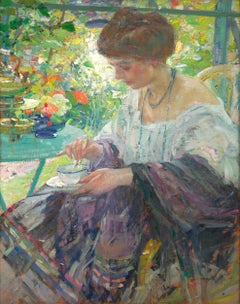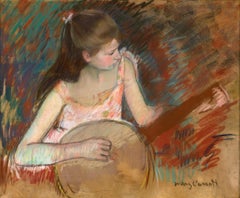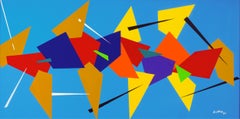Paul DelvauxLes Belles de Nuit
About the Item
- Creator:Paul Delvaux (1897-1994, Belgian)
- Condition:
- Gallery Location:New Orleans, LA
- Reference Number:Seller: 30-34091stDibs: LU186410032
Paul Delvaux
Paul Delvaux was born in 1897 in Belgium. He was one of the leading exponents of Surrealism, as well as one of the most popular painters of all time. He is famous for his female portraits located into mysterious surreal interiors and landscapes. In 1965, Delvaux was encouraged by Mira Jacob, a private collector of Symbolist and Surrealist paintings, to begin making lithographs. Later in 1976, Jacob published her book Paul Delvaux: Graphic Work, for which the Belgian artist produced many engravings, some of which are dry-points. Delvaux died in 1994.
You May Also Like
21st Century and Contemporary Contemporary Figurative Paintings
Acrylic, Panel
21st Century and Contemporary Contemporary Figurative Paintings
Acrylic, Canvas
2010s Contemporary Abstract Paintings
Limestone
21st Century and Contemporary Contemporary Figurative Paintings
Canvas, Acrylic
2010s Contemporary Abstract Paintings
Limestone
2010s Contemporary Abstract Paintings
Ceramic, Porcelain, Mixed Media, Screen
2010s Contemporary Abstract Paintings
Acrylic, Cardboard
21st Century and Contemporary Contemporary Figurative Paintings
Acrylic, Panel
21st Century and Contemporary Contemporary Paintings
Canvas, Oil
21st Century and Contemporary Contemporary Figurative Paintings
Acrylic, Panel
More From This Seller
View AllLate 19th Century Academic Animal Paintings
Canvas, Oil
20th Century Impressionist Figurative Paintings
Canvas, Oil
19th Century Impressionist Figurative Paintings
Pastel, Board
20th Century Modern Abstract Paintings
Canvas, Acrylic
19th Century Academic Figurative Paintings
Canvas, Oil
20th Century Post-Impressionist Landscape Paintings
Canvas, Oil
Recently Viewed
View AllRead More
Paul Revere Crafted This Silver Coffee Pot 250 Years Ago
Perhaps best known as a Revolutionary War hero, Revere was also an accomplished silversmith, and this pot is now available on 1stDibs.
Degas Portrayed These Exuberant Ukrainian Dancers with ‘Orgies of Color’
Discovered in Parisian cabarets, the performers reenergized the artist’s practice.
